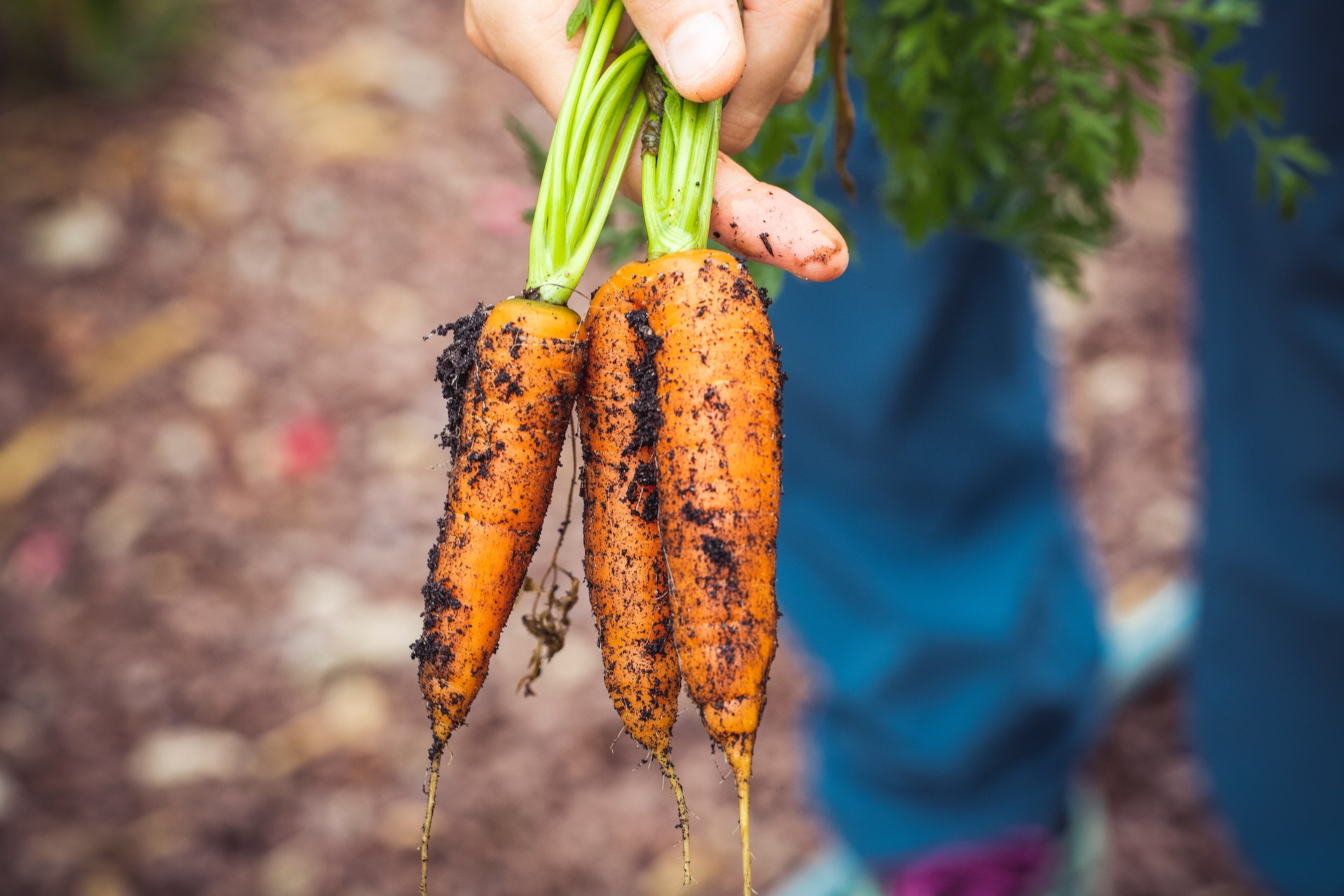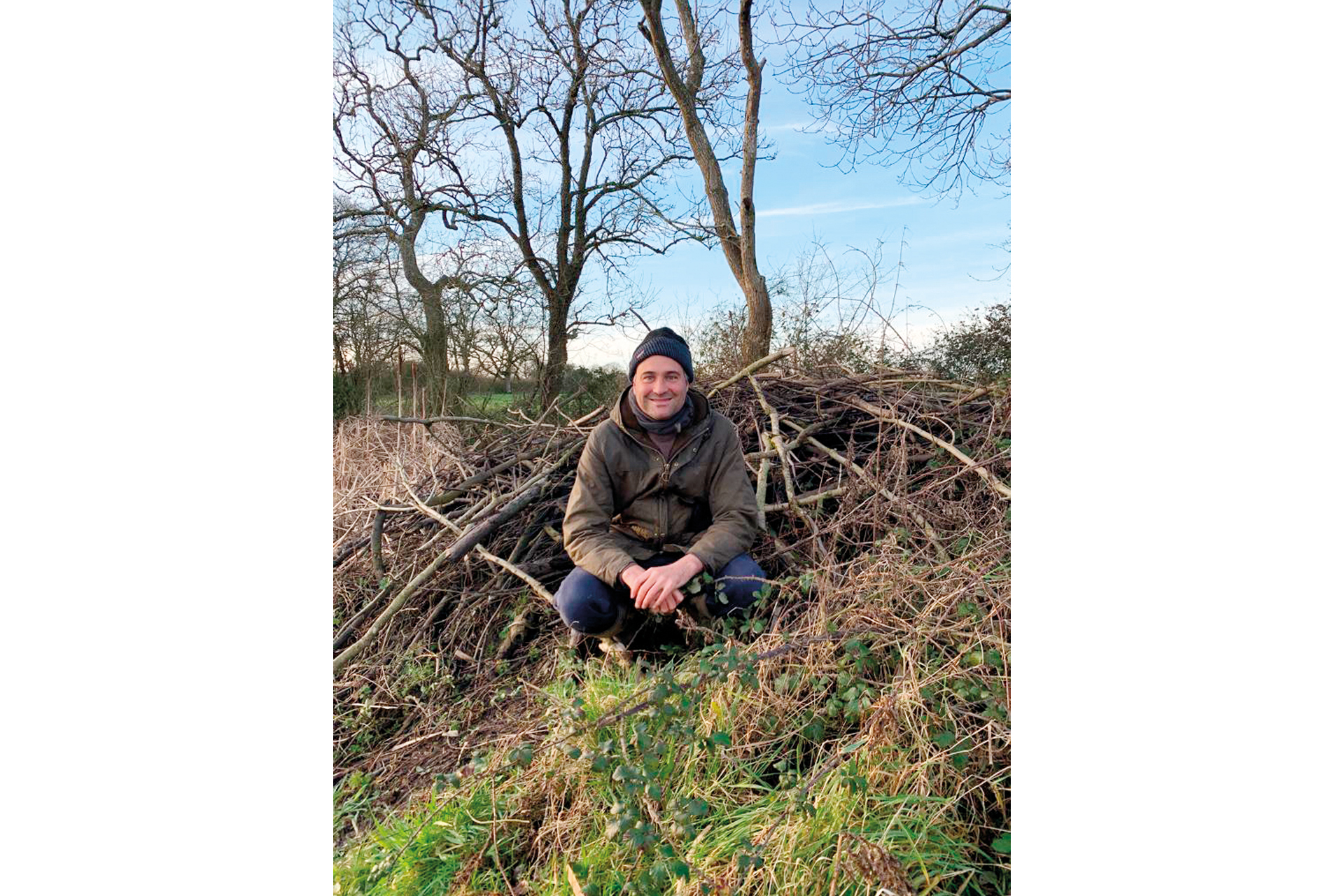Why Regenerative Food is the Future of UK Farming
By
3 years ago
The new farm payments explained

A new government policy is set to reward regenerative practices through a new farm payments scheme, says Ben Goldsmith. He explains how it can work for people and planet.
Where Is The Government on Farm Payments for Regenerative Food?

Environmentalist Ben Goldsmith
Our countryside is a wonder of the world, a great patchwork quilt of green fields, hedgerows and rolling hills. But our sad little secret is that England ranks among the most nature-depleted countries in the world. Countless species have vanished altogether, and others cling on in isolated patches of remnant nature.
The EU’s gigantic Common Agricultural Policy (known as the CAP) has provided the principal impetus for what has gone wrong. Under the influence of the CAP, farming has grown into a kind of war against nature. As the biological function of the soil has declined and ecosystems have withered, farmers have been forced to use ever-greater quantities of chemical fertilisers and pesticides. It’s not just wildlife we’re losing. If you’ve ever wondered why our rivers and coastal waters run brown, it is because exposed soil is simply being washed away.
Under the CAP, subsidies have been doled out each year to farmers according simply to how much farmable land they own in a policy which, if proposed today for the first time would be dismissed as ludicrous. Under CAP rules, pockets of nature are condemned as ineligible features.
The impact of the CAP has been especially harsh in our remoter, less productive landscapes, including our national parks. Britain is one of the least wild countries in Europe, principally because our moors have been systematically stripped of nature to make way for sheep. One of the consequences is flooding. The science is crystal clear (unlike the water in our rivers): if you strip hills of nature, you significantly exacerbate the cycle of flash-flooding and seasonal drought.
Environmental decline has gone hand-in-hand with economic and social decline. Even with CAP hand-outs, in much of Britain intensive farming just does not pay. As the average age of hill farmers creeps ever higher, many of Britain’s rural communities are dwindling.
Recently however, something has begun to shift in our relationship with the natural world. Amid the loneliness of the lockdowns, people experienced an upwelling of love for their local nature and now the public is demanding efforts to restore nature to its former vibrancy.
The Agriculture Act 2020, first conceived by Michael Gove, marks a turning point, setting in motion a new Environmental Land Management scheme (known as ELM) created on the premise of public money for public good. ELM will reward farmers in our more productive landscapes for adopting sounder practices, such as no longer ploughing the soil (min-till) and working with rather than against nature in the control of pests (integrated pest management).
Moving towards such regenerative approaches is the only way to secure the future of food production in these areas. Farmers will also be paid to re-establish wildlife habitat on their land, such as field margins, fat hedgerows, ponds and streams. And at its most ambitious end, the new scheme will provide funding for dramatic restoration projects across whole landscapes, such as former wetlands or moors. This kind of rewilding of landscapes has certainly captured the public imagination.
Naysayers tell us that prioritising nature in our remoter landscapes will hit food production and rural employment. These arguments are wrong. Turning the least productive fifth of our farmland towards nature recovery would lead to less than a three per cent reduction in food production (National Food Strategy, 2021). Intensive sheep farming in our overgrazed uplands may even be net-negative in terms of food production, if you take into account winter feed, and the harm inflicted on the hydrology of more productive farms downstream.
Moreover, farming does not cease in wilder landscapes. Wilder farming or ‘silvopasture’, the traditional grazing of native cattle through semi-open woodland mosaics, may be a more apt term than rewilding. In fact, rural employment increases by 50 per cent on average in such places (Rewilding Britain, 2021).
The real issues when it comes to food security are crops grown to feed machines, as ‘bioenergy’, or to farm animals confined on highly inefficient intensive livestock units and, worst of all, the 9.5 million tonnes of food in the UK each year that is simply wasted.
England’s radical rethink of farm payments is the greatest win for nature we’ve ever known in this country, and a world first. $700 billion is handed out globally in farm subsidies each year. As countries grapple with the mighty challenge of how to restore nature, the eyes of the world are on us to get this right.
READ MORE
How Regenerative Farming Became the New Rock ‘n’ Roll / What is Regenerative Agriculture?


















